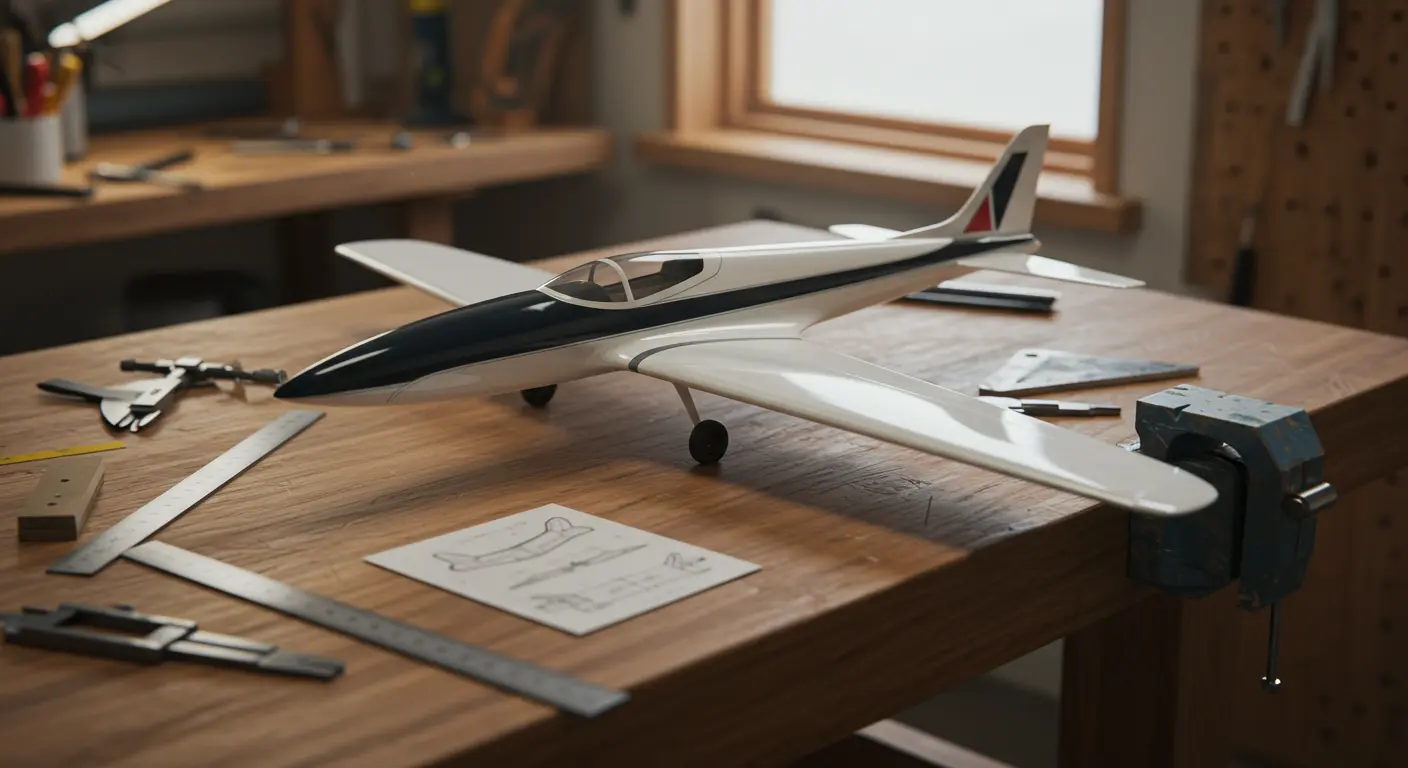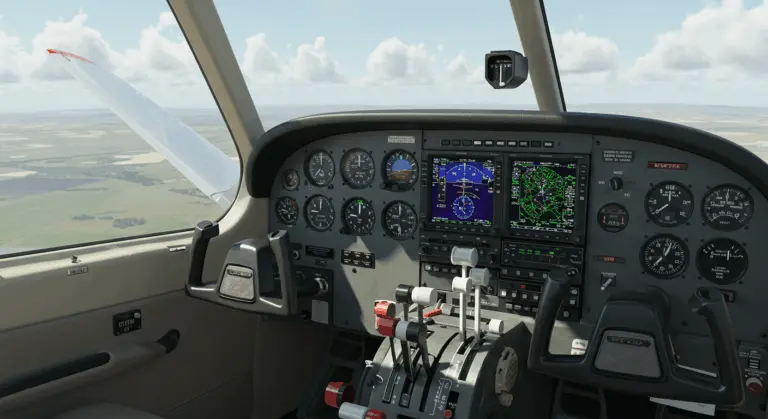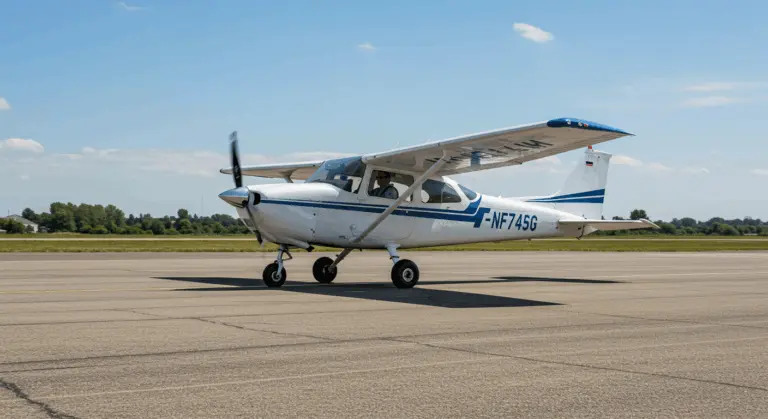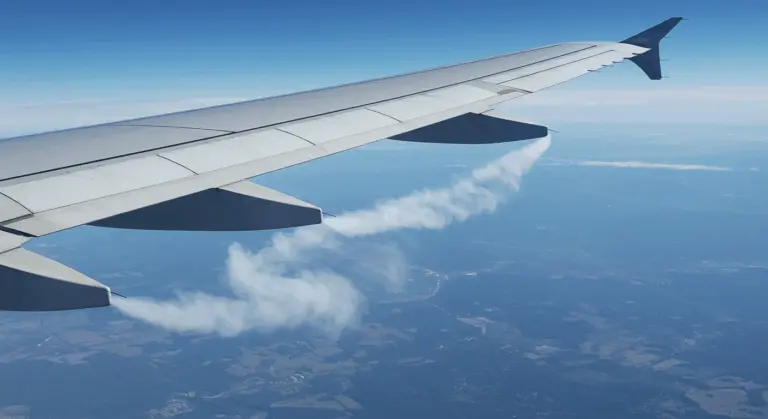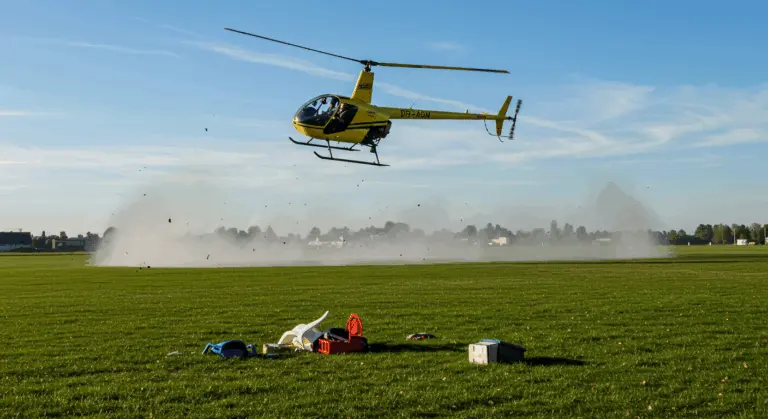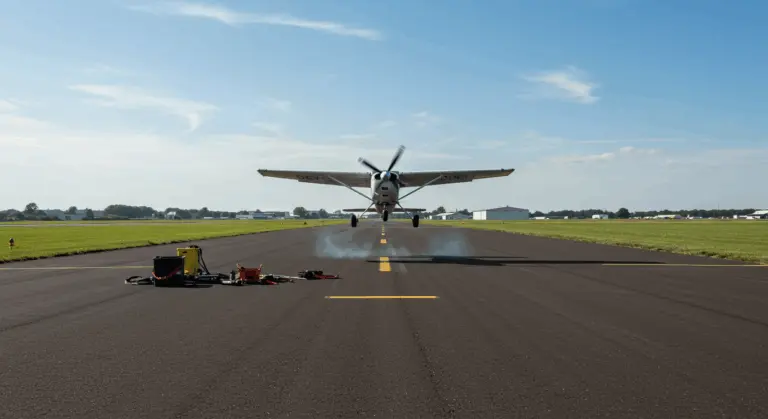Types of Drag – Understanding Aerodynamic Forces
What is Drag? Understanding the Concept
Drag represents a fundamental aerodynamic force that opposes an object’s motion through any fluid medium—whether air or water. This resistance acts directly opposite to the object’s direction of travel, serving as the natural counterforce to thrust in aviation applications.
This resistance emerges when objects displace fluid molecules in their path, generating complex pressure differentials and friction forces. These interactions occur between fluid layers themselves, at solid surfaces, or across the critical interface where fluid meets solid.
Rather than being a single phenomenon, drag encompasses multiple distinct resistance mechanisms:
-
Form drag, related to an object’s shape.
-
Skin friction drag, caused by surface interactions.
-
Lift-induced drag, a byproduct of generating lift.
-
Wave drag, which occurs at high speeds.
Understanding these components is crucial for engineers crafting efficient vehicles, aircraft, and structures that move efficiently through their operating environments with minimal resistance.
Main Types of Drag in Aerodynamics
Within aviation, aerodynamic drag typically falls into two primary categories—parasite drag and lift-induced drag—with wave drag emerging as a critical third factor during supersonic flight regimes.
Parasite drag encompasses all resistance forces not directly tied to lift generation. It increases rapidly with velocity—growing proportionally to the square of speed—which makes it the dominant drag force at higher velocities.
Conversely, lift-induced drag emerges as a direct byproduct of lift generation. It becomes most pronounced at lower speeds and steep angles of attack—precisely the conditions encountered during takeoff and landing phases.
Wave drag creates significant challenges for aircraft operating at transonic or supersonic speeds. It results from shock wave formation as aircraft approach or breach the sound barrier—a phenomenon that can dramatically alter flight characteristics.
Form Drag – The Shape Factor
Form drag—alternatively known as pressure or profile drag—stems directly from an object’s size, shape, and orientation relative to the airflow. It manifests through pressure differentials that develop between an object’s forward and aft surfaces as air navigates around it.
Objects presenting larger cross-sectional areas perpendicular to airflow will experience greater form drag. This fundamental principle explains why vehicles and aircraft adopt streamlined configurations—minimizing the pressure differential between front and rear surfaces.
Form drag exhibits a quadratic relationship with velocity—doubling speed results in quadrupling this drag component. This mathematical reality makes form drag particularly critical for high-speed applications, where even minor shape inefficiencies significantly increase resistance.
Engineers combat form drag through meticulous aerodynamic design, crafting shapes that guide air smoothly around objects with minimal turbulence and pressure disparities. This approach applies across many fields—from aircraft fuselages and automotive bodies to bicycle helmets and wind-exposed building structures.
Skin Friction Drag – Surface Interaction
Skin friction drag emerges from direct contact between fluid and the surface of a moving object. This phenomenon occurs because fluid molecules adhere to surfaces, creating a thin boundary layer where velocity transitions from zero at the surface to free-stream velocity in the surrounding fluid.
Two primary factors govern skin friction drag magnitude: wetted surface area (total fluid-contact area) and surface roughness. Smoother surfaces generate less friction drag than rough counterparts—explaining why aircraft manufacturers pursue polished, pristine exteriors.
The nature of boundary layer flow greatly affects this drag component. Laminar flow features fluid particles moving in orderly layers with minimal mixing, creating relatively low friction. However, as flow transitions to turbulent conditions, increased interlayer mixing elevates skin friction drag while improving resistance to flow separation.
Effective skin friction drag reduction strategies include maintaining pristine, smooth surfaces, applying specialized coatings or materials, and implementing boundary layer control techniques.
Lift-Induced Drag – A Byproduct of Lift
Lift-induced drag represents an unavoidable consequence of lift generation. When wings produce lift, they establish a pressure differential—higher pressure beneath, lower pressure above. At wing tips, this pressure imbalance drives air spillage from high-pressure regions below to low-pressure zones above, creating spiraling vortices that trail behind the aircraft.
These wing-tip vortices fundamentally alter airflow patterns around the wing, effectively tilting the lift vector backward. This rearward component of the lift force manifests as induced drag. The greater the lift force—during takeoff, landing, or aggressive maneuvering—the more pronounced the induced drag becomes.
Wing geometry strongly affects induced drag characteristics. High aspect ratio wings (long and narrow) generate substantially less induced drag than low aspect ratio designs (short and wide) at equivalent lift coefficients.
Contemporary aircraft frequently employ winglets or shark lets—vertical wing-tip extensions—to disrupt vortex formation and enhance overall aerodynamic efficiency.
Wave Drag – High-Speed Phenomenon
Wave drag emerges as a distinctive resistance phenomenon that becomes significant only within transonic (approaching Mach 1) and supersonic (exceeding Mach 1) flight regimes.
This occurs because air molecules cannot relocate quickly enough as objects approach sound speed. The resulting compression generates shock waves—essentially pressure discontinuities within the airflow. These shock waves manifest along aircraft surfaces, particularly wings, and significantly increase total drag forces.
Wave drag onset is characterized by the “drag divergence Mach number”—the critical speed where drag begins escalating rapidly due to shock wave formation. This threshold varies by aircraft design but typically occurs between Mach 0.7 and 0.85 for conventional airfoils.
Beyond their drag penalty, shock waves can trigger serious control complications by disrupting normal airflow patterns around control surfaces. They can also cause “Mach tuck”—a dangerous condition where aircraft pitch downward due to rearward center-of-pressure shifts.
Engineers counter wave drag through specialized design approaches: swept wings, area ruling (the distinctive “Coke bottle” fuselage shape), and supercritical airfoils.
Interference Drag – The Overlap Effect
Interference drag manifests when airflows around different aircraft components interact, generating more resistance than these components would produce individually.
This drag type commonly emerges at component junctions—wing-fuselage intersections, engine-wing attachments, or landing gear-airframe connections. When separate airstreams converge around these components, they create turbulence, vortices, and pressure fluctuations absent in isolated component configurations.
Interference drag severity depends largely on geometric relationships between components. Perpendicular intersections (90-degree angles) typically generate the most significant interference effects.
Modern aircraft design addresses interference drag through strategic techniques: fairings (streamlined structures covering gaps and joints), fillets (curved transition sections between components), and careful positioning of external features.
Total Drag – The Sum of Forces
Total drag represents the cumulative sum of all individual drag components acting upon an aircraft. This force dictates the thrust required to maintain any given airspeed and serves as a critical parameter for performance calculations and flight planning.
The relationship between various drag components shifts dramatically across different flight regimes. At low speeds—during takeoff, landing, or steep climbs—lift-induced drag dominates the total drag equation.
As airspeed climbs, parasite drag (encompassing form drag and skin friction) becomes increasingly dominant, escalating proportionally with velocity squared. At cruise speeds, parasite drag typically accounts for the majority of total drag in most aircraft. For high-performance or supersonic aircraft, wave drag may also contribute substantially at elevated speeds.
The relationship between total drag and airspeed creates the “drag curve”—a characteristic U-shaped graph illustrating drag variation with airspeed. This curve reveals an optimal speed (minimum drag speed) where combined drag effects reach their minimum.
Understanding total drag composition and its variation across flight conditions is essential for efficient aircraft operation. It directly impacts fuel consumption, range, endurance, and overall performance capabilities.
Practical Implications of Drag in Aviation
Drag has significant practical implications throughout aviation, influencing design philosophy, performance characteristics, economic viability, and environmental impact. Since all drag forces must be overcome by thrust, minimizing resistance becomes a primary objective for reducing fuel consumption.
In commercial aviation, even marginal drag reductions can generate substantial economic returns. A mere 1% drag reduction for large commercial airliners can save millions in fuel costs over the aircraft’s operational lifetime.
Drag considerations also significantly affect flight operations. Pilots routinely adjust altitude, speed, and routing to optimize the balance between drag, fuel consumption, and time constraints. Flight management computers calculate “cost index” parameters, determining the most economical combination of these factors for each specific flight.
Beyond economics, drag reduction carries significant environmental implications. Lower drag translates directly to reduced fuel burn, which means decreased carbon emissions.
For military and high-performance aircraft, managing drag involves additional considerations related to speed, maneuverability, and stealth characteristics. Supersonic aircraft must contend with wave drag complexities, while combat aircraft require designs balancing low drag with high maneuverability across diverse flight regimes.
Practical understanding of drag forces continues evolving with advances in computational modeling, materials science, and propulsion technology. From biomimetic designs inspired by nature to active flow control systems that dynamically modify airflow patterns, the frontier of drag reduction remains an exciting and essential realm of aerospace innovation.

